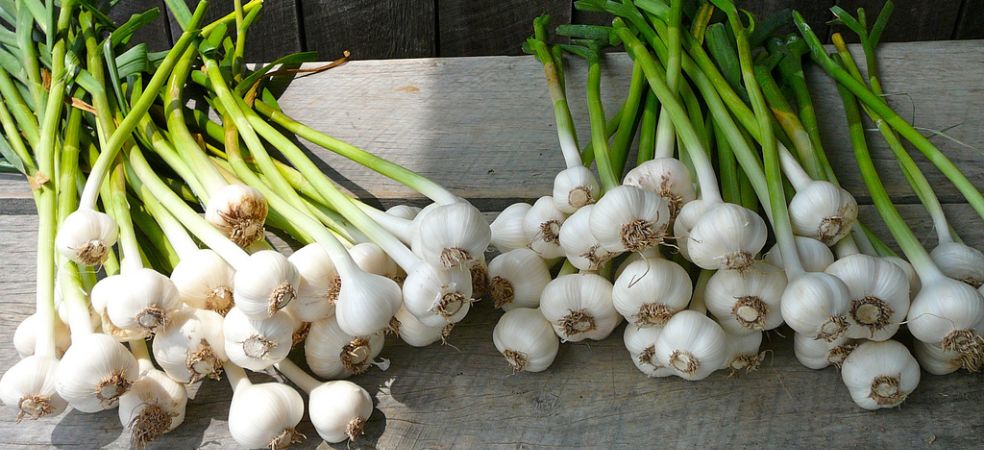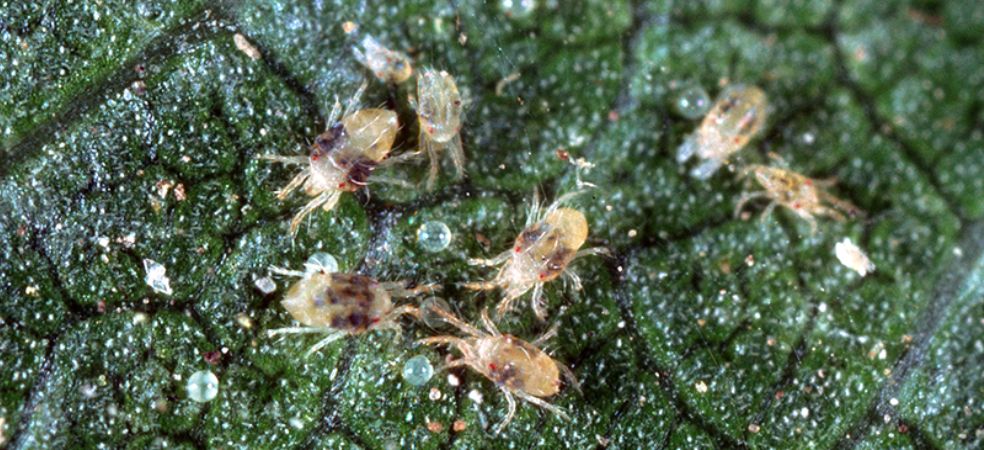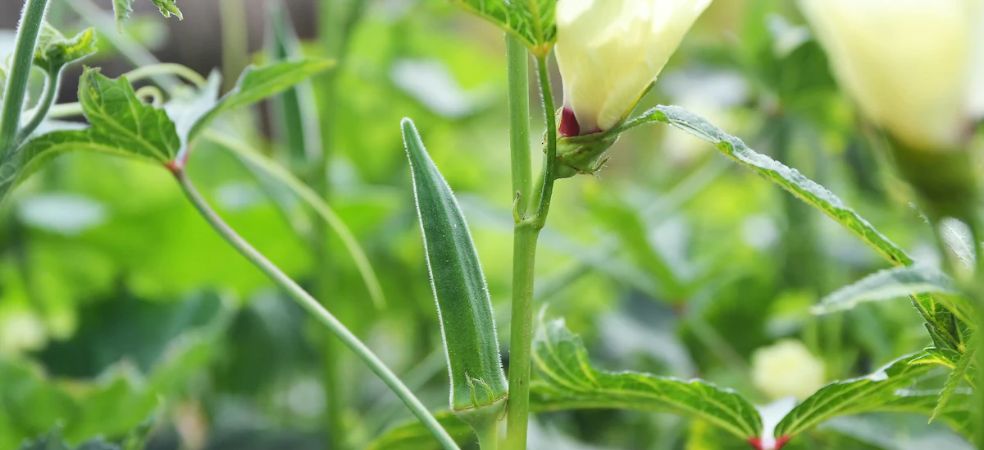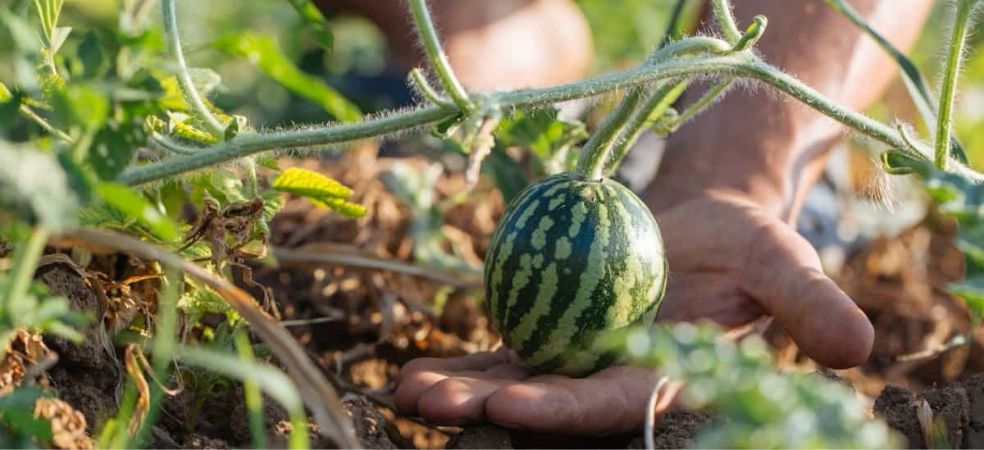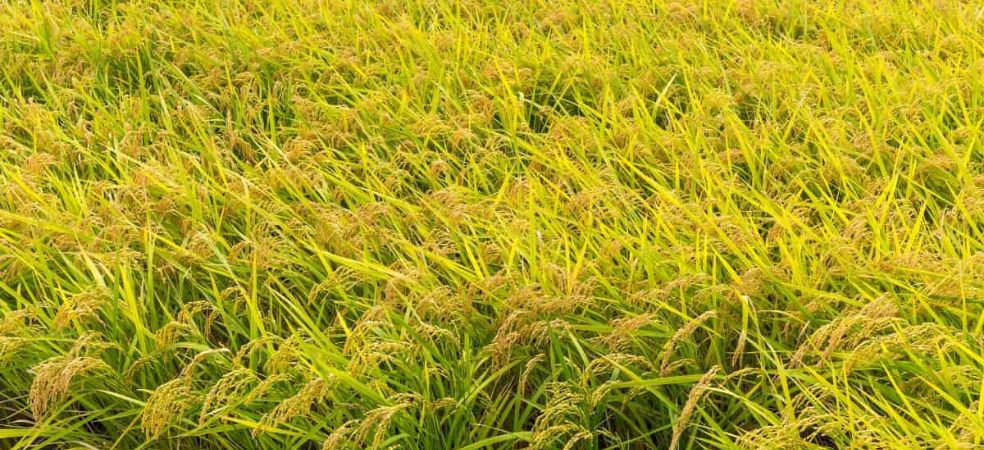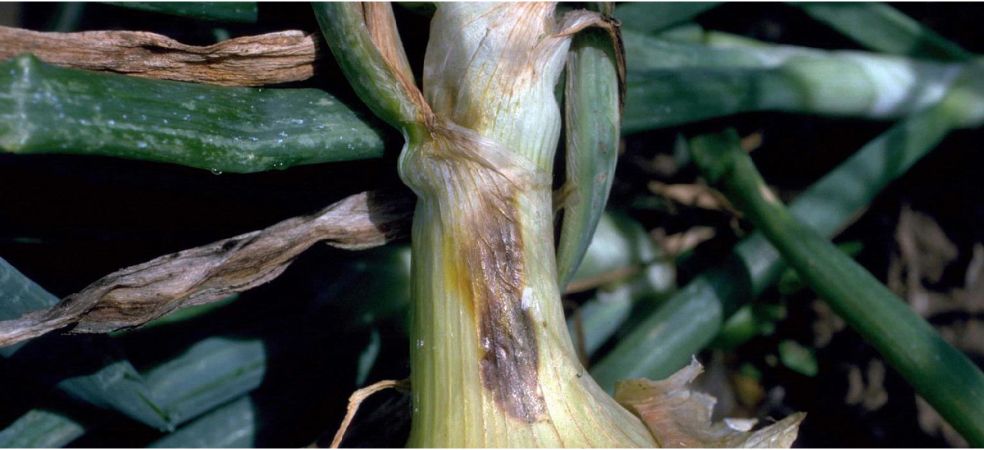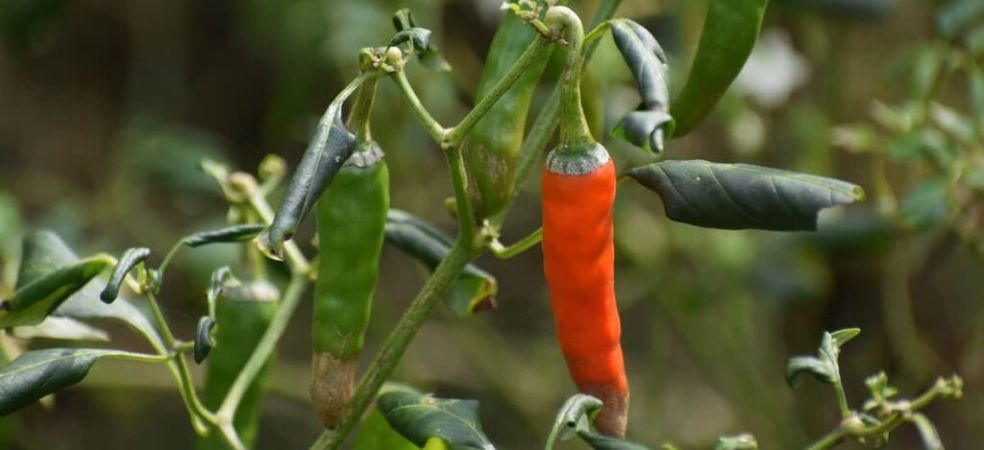Economically, garlic is an essential crop, which is why crop management of these crops is essential. Garlic crops are prone to various types of fungal diseases and pests. Along with this garlic crop required many nutrients at the time of bulb formation because due to the lack of nutrients, there is a problem of bulb bursting in the onion crop and the garlic knot remains small.
At the present stage, to make good bulbs and better buds in garlic, apply Gromor (Calcium Nitrate) @ 10 kg and Potash @ 20 kg/acre nutrient. While broadcasting into the garlic crop, one thing should be kept in mind the product should be uniformly applied so that the root can easily absorb it.
ShareFor such important information related to the agriculture sector and farmers, do read Gramophone’s articles daily. If you liked today’s information then don’t forget to share it with your friends.

